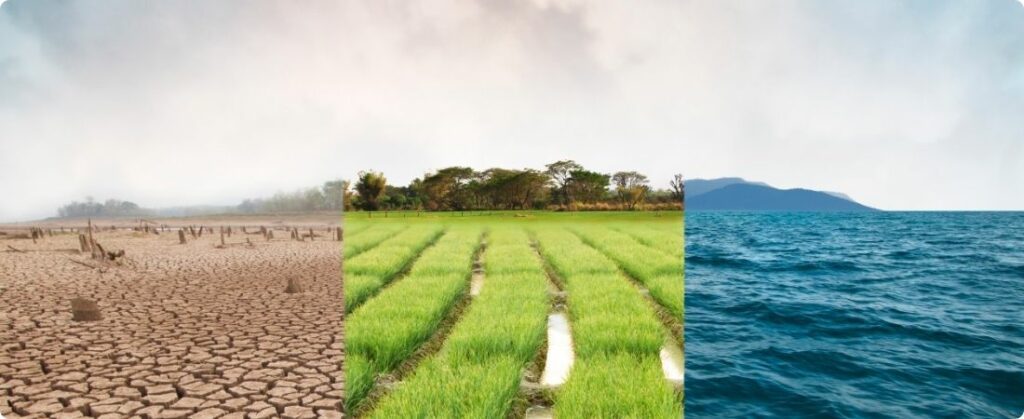
The La Niña climate phenomenon is about to significantly impact Brazilian agriculture, according to analyzes by Argus, a company specializing in reports and price analyzes for various markets. This weather event will affect crop yields soy and wheat in Brazil in the second semester.
La Niña is characterized by the cooling of the waters of the Pacific Ocean, a process that is already underway according to meteorological models. Temperatures in the coastal regions of Ecuador and Peru are below normal, signaling the transition to this phenomenon. However, the central portions of the Pacific still show characteristics of El Niño, which is expected to dissipate by mid-May. After this period, a neutrality phase of two to three months is expected before it is officially established.
La Niña could delay soybean planting in Brazil in 2024
La Niña is expected to begin in August, affecting the planting of the 2024-25 soybean harvest in Brazil. This phenomenon could delay the start of the rainy season in the Central-West, the largest soybean-producing region in the country. Traditionally, the planting season begins in mid-September, but the extension of the dry period until November may force many farmers to postpone planting or face the risk of productivity losses in the first areas sown. This phenomenon is expected to affect wheat planting in 2024, requiring additional monitoring and analysis.
The weather conditions associated with La Niña are not ideal for agriculture, but they tend to be less severe in Mato Grosso, Brazil's largest soybean producer, compared to the El Niño pattern. However, the situation is more uncertain in the south of Brazil, where the effects of La Niña can vary significantly, requiring increased attention from local producers.
Source: Leonardo Gottems | agrolink












